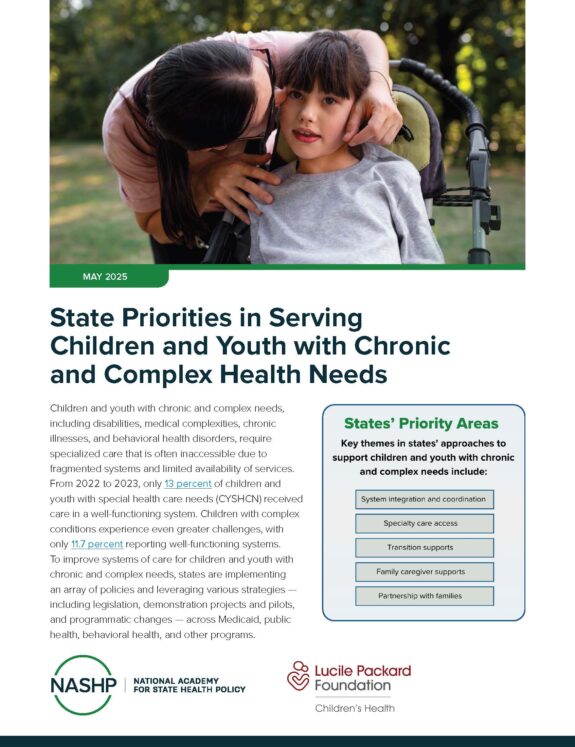Achieving Care Integration for Children with Medical Complexity: The Human-Centered Design Approach to Care Coordination
Care coordination is the issue that families of CSHCN cite most often as problematic. Fragmentation and lack of communication among care providers often leads to frustration and poorer quality of care. Now, a team of researchers has taken a novel approach, reimagining the process using human-centered design, which focuses on the users’ needs. The goal is to integrate all sectors of care and support – medical, educational, financial and other services – so that care can be delivered effectively and better meet the needs of children, families, providers, and payers. The researchers propose four steps to applying human-centered design to care coordination for children with medical complexity. They suggest that disruption of the current system may be necessary, and note the potential roadblocks to change.


